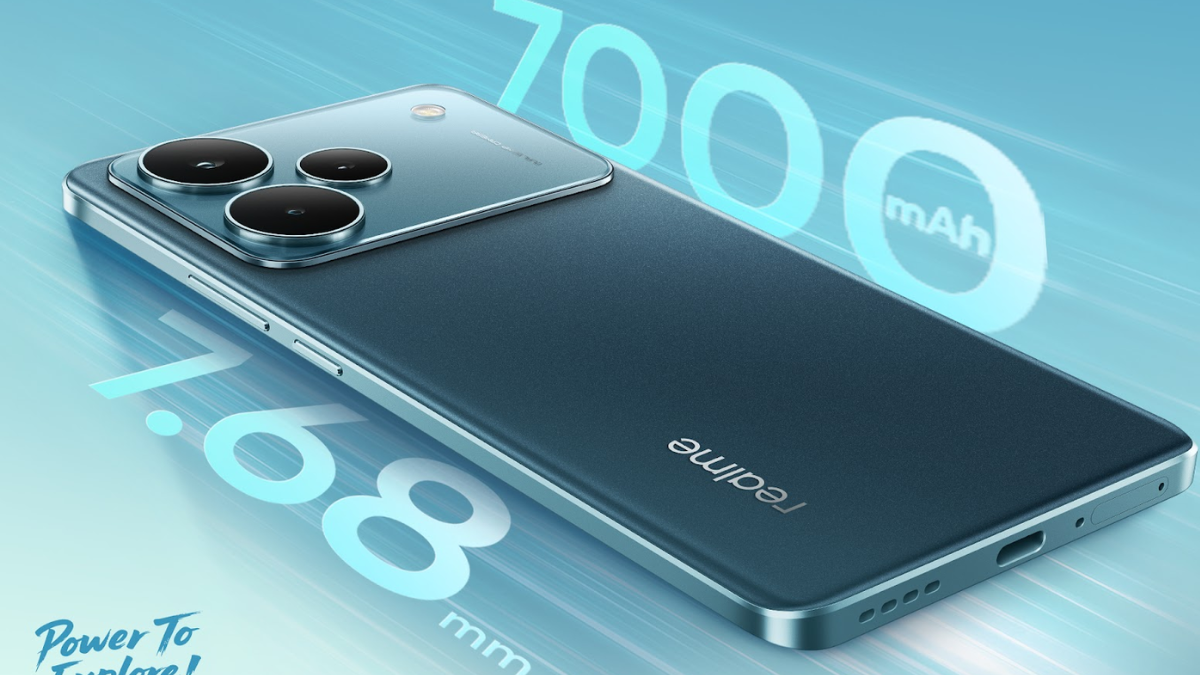Google’s early warning system for earthquakes did not properly warn users about the severity of a massive earthquake in 2023, according to the company. The search giant offers Android Earthquake Alerts (AEA) in nearly 100 countries, including regions that do not have access to expensive earthquake early warning (EEW) systems. Google’s AEA system was running on the day that a deadly earthquake rocked Turkey in 2023, but it didn’t adequately warn millions of Android users in the region before disaster struck.
Google’s Most Serious Earthquake Alert Should Have Warned 10 Million Users in Turkey
The AEA early warning system only generated 469 “Take Action” alerts when a massive earthquake that had a magnitude of 7.3 on the Richter scale struck Turkey two years ago. Google’s system offers two warnings: Be Alert (estimated light shaking) and Take Action (estimated stronger shaking). The former is a basic notification, while the latter occupies the entire screen and bypasses any do not disturb (DND) or silent modes on an Android smartphone.
Google’s AEA system is delivering alerts in areas marked in light green (Tap to expand)
Photo Credit: Google
Half a million people received a Be Alert warning during the earthquake, the company told the BBC earlier this week. This alert would not have woken users as the quake took place at 4:17am in the morning, and many phones would have been silenced using DND or sleep modes.
Two years after the incident, Google has published its findings in the Science journal, explaining that the algorithm used by its AEA system estimated the magnitude of the quake between 4.5 to 4.9 on the Richter scale. The system also incorrectly estimated a subsequent earthquake, sending 8,158 Take Action alerts and four million weaker Be Aware alerts.
Google blames its failure to adequately warn users about the earthquakes on “limitations to the detection algorithms”. After making modifications and running a simulation, the company says the system would have alerted 10 million users living near the epicentre. Similarly, 67 million users living in areas that were less likely to be directly impacted by the quake could have received a Be Aware alert.
Meanwhile, the company has revealed details of alerts issued to users in recent months. Google says that it issued the first of 11 million alerts within 8 seconds of an earthquake in Turkey in April, which measured 6.2 on the Richter scale. The company also says that during that quake, people with Android smartphones had up to 20 seconds of warning before they experienced “moderate to strong shaking” in their area due to the earthquake.
In order to detect earthquakes, Google uses the accelerometer on an Android smartphone to detect an earthquake’s P-wave as it shakes the ground. The company sends the approximate location of the incident to its AEA system, which analyses data from multiple phones and issues an appropriate warning to users before the S-wave makes its way to the same region. The entire process takes place in a matter of seconds, and users can also opt out of receiving these alerts.
Google’s AEA system was operational in 98 countries as of 2023, two years after it was introduced in Greece and New Zealand. Google says it has detected quakes ranging between M1.9 and M7.8, and issued 790 million alerts for over 2,000 incidents. The company says its system could eventually deliver information to first responders quickly after an earthquake, in additions to prior warnings to Android smartphone users in the region.
















